Fennel seeds have a sweet, mild licorice-like flavor with earthy undertones, a cool minty finish, and subtle warmth. Unlike stronger anise flavors, they offer a nuanced taste that enhances both savory and sweet dishes without overpowering other ingredients. This versatile spice has been used for centuries in Mediterranean, Indian, and Middle Eastern cuisines for its unique profile and digestive benefits.
Fennel Seed Flavor Profile: Sweet, Earthy, and Slightly Minty
If you've ever tasted licorice, you'll recognize a similar note in fennel seeds — but it's much milder and more nuanced. Here's what you can expect:
| Flavor Note | Description |
|---|---|
| Licorice | Mild, sweet, and herbal |
| Earthy | Grounding, slightly woody flavor |
| Cooling | Hint of mint or menthol |
| Warmth | Gentle spiciness without overpowering heat |
What Exactly Is Fennel Seed?
Fennel seeds are actually not true seeds — they're the dried fruit of the Foeniculum vulgare plant, native to the Mediterranean but now grown worldwide. These greenish-brown crescent-shaped pieces are used whole or ground in cooking, known for their sweet, licorice-like flavor profile.
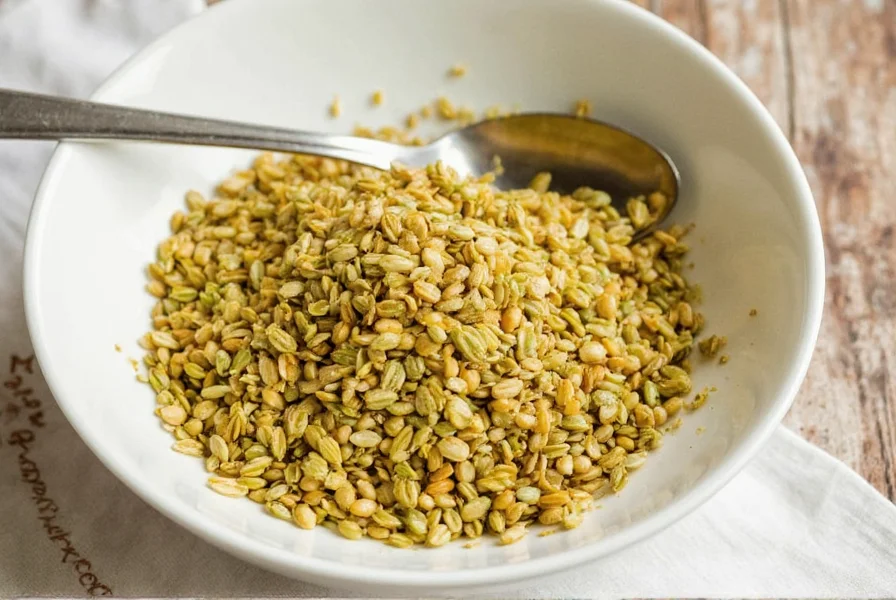
Top 5 Culinary Uses of Fennel Seeds
- Rubbing on meats: Especially pork and lamb, where the sweet-spice enhances richness.
- Baking breads: Think of Italian focaccia or Jewish rye — fennel seeds add a warm crunch.
- In curries: Common in garam masala and South Asian spice blends.
- Teas and tisanes: Fennel tea is popular post-meal digestive aid.
- Vegetable roasting: Toss with carrots, squash, or eggplant for a sweet-savory twist.
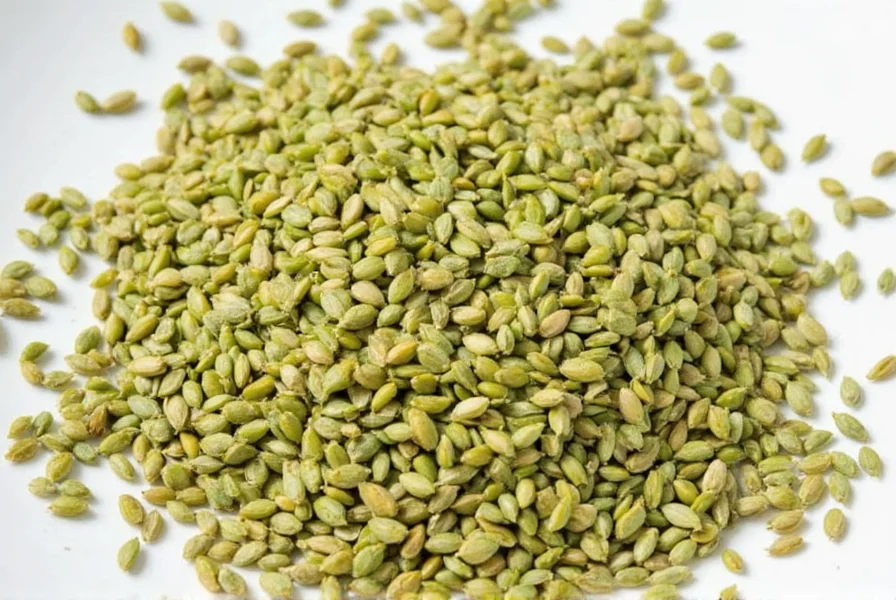
Pro Cooking Tips for Using Fennel Seeds Like a Pro
To really unlock the magic behind fennel seed flavor, follow these tips:
- Dry roast before use: Heat them in a dry pan until fragrant (about 30–60 seconds). Don't overdo it — they burn easily.
- Grind fresh: Use a mortar & pestle or spice grinder right before cooking for maximum aroma.
- Add early in cooking: Especially when using whole seeds, so the flavor infuses the dish gradually.
- Pair with citrus: Orange zest or lemon juice helps brighten the earthy tones.
- Balance with salt: Salt enhances the sweetness of fennel seeds beautifully.
Fennel Seed Flavor Pairings: What Goes Well With It?
Fennel seeds are incredibly versatile. Try combining them with any of the following ingredients:
| Fennel Seed + | Why It Works |
|---|---|
| Turmeric | Brings warmth and golden color to curry blends |
| Anise Seed | Boosts the licorice-like character |
| Parsley | Herbal freshness balances the sweetness |
| Cumin | Grounds the flavor in Middle Eastern or Indian blends |
| Orange Peel | Enhances the floral, citrusy undertones |
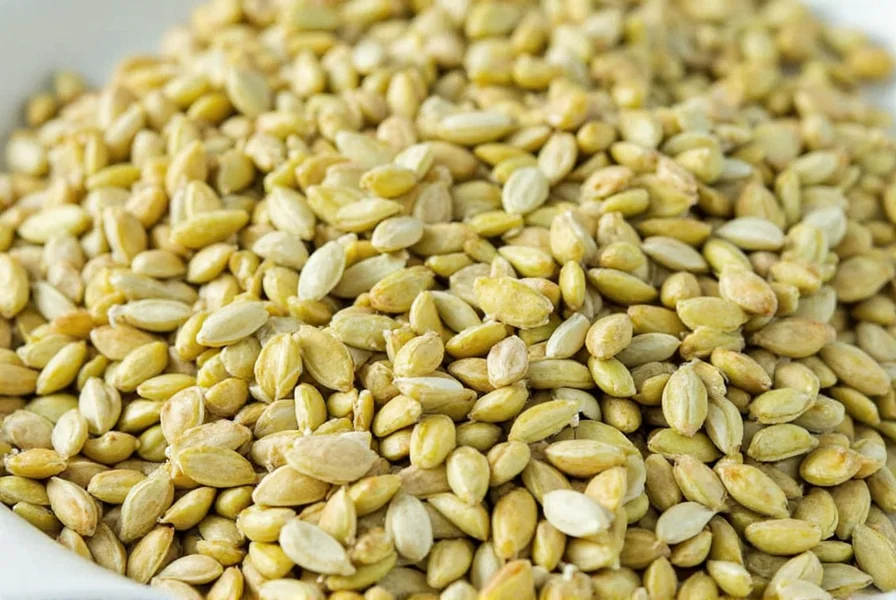
Health Benefits Behind the Fennel Seed Flavor
Beyond the taste, fennel seeds pack a punch when it comes to health perks. They're rich in antioxidants and essential oils like anethole, which may help reduce inflammation and support digestion. Research shows fennel seeds may improve digestive health and reduce bloating.
Some of the science-backed benefits include:
- Improves digestion: Used traditionally as a carminative to relieve bloating and gas.
- Anti-inflammatory properties: May support joint and gut health.
- Rich in fiber: Promotes healthy bowel movements.
- Antioxidant content: Helps combat oxidative stress in the body.
Buying Guide: Choosing the Best Fennel Seeds
Not all fennel seeds are created equal. Here's how to pick the best ones:
| Factor | Why It Matters | Best Option |
|---|---|---|
| Color | Fresh seeds are pale green to light brown | Avoid dull grayish ones |
| Smell | Should be aromatic and sweet | No musty or stale odor |
| Texture | Crunchy, not soft or brittle | Stay away from limp or broken seeds |
| Source | Organic and non-GMO preferred | Check country of origin (Italy, India, Egypt) |
| Packaging | Airtight and dark-colored containers preserve oils | Avoid clear plastic bags if stored long-term |
Recommended Brands & Features
- Frontier Co-op Organic Fennel Seeds: USDA organic, sustainably sourced from Egypt
- Simply Nature Organic Whole Fennel Seeds: Clean label, ideal for baking and teas
- Spice Islands Whole Fennel Seeds: Great balance of quality and affordability
- Davidson's Safest Choice Organic Fennel: Premium-grade seeds, perfect for spice blending
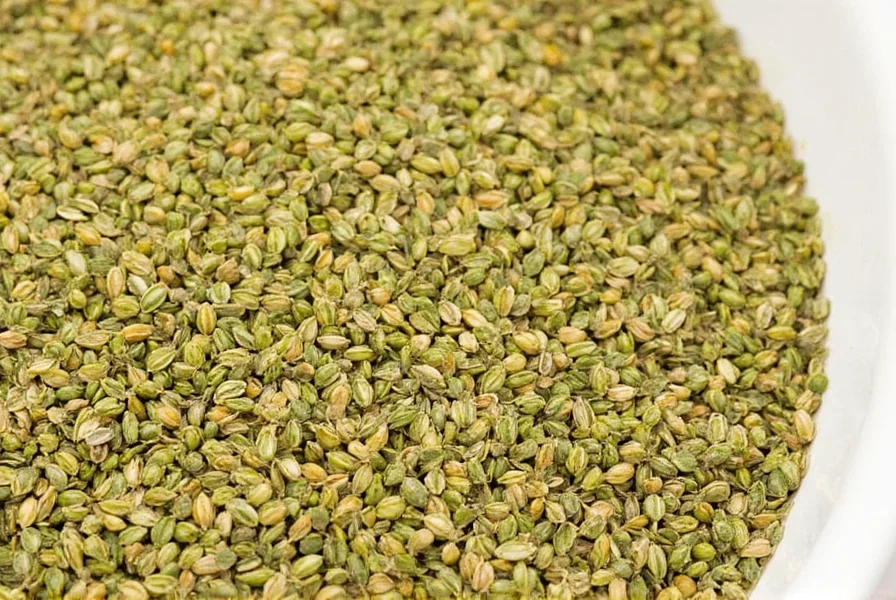
Frequently Asked Questions About Fennel Seed Flavor
What does fennel seed taste like exactly?
Fennel seeds have a distinctive flavor profile that's primarily sweet with a mild licorice-like quality. Unlike stronger anise flavors, fennel seed is more subtle and complex, with earthy undertones, a slightly minty finish, and a gentle warmth. Think of it as a sophisticated cousin to licorice—sweet but not overwhelming, with herbal and cooling notes that make it versatile in both savory and sweet applications.
How is fennel seed flavor different from anise or star anise?
While all three contain anethole (the compound responsible for licorice flavor), fennel seeds have a milder, more complex profile. Anise seeds are more intensely sweet and direct in their licorice flavor, while star anise delivers a stronger, sharper licorice note with spicy undertones. Fennel seeds offer a more nuanced experience with earthy, woody notes and a cooling finish that makes them more versatile in cooking without dominating other flavors.
Can I substitute fennel seeds if I don't have them?
Yes, but with caveats. Dill seeds offer some similar earthy notes but lack the sweet licorice quality. Anise seeds can work as a 1:1 substitute but will give a stronger, sweeter licorice flavor. For Mediterranean dishes, a small amount of celery seed combined with a pinch of anise might approximate the flavor. In Indian recipes, cumin with a touch of asafoetida could work. Remember that substitutions will change the dish's character—fennel seeds have a unique profile that's hard to replicate exactly.
Why do some recipes call for toasting fennel seeds?
Toasting fennel seeds in a dry pan for 30-60 seconds releases their essential oils, intensifying their aroma and flavor. This simple step transforms them from having a somewhat grassy, raw quality to developing warm, nutty, and more complex characteristics. Be careful not to over-toast, as they can burn quickly due to their oil content. Toasted seeds work especially well when used whole in breads or as a finishing touch on dishes.
How much fennel seed should I use in my cooking?
Start with 1/4 to 1/2 teaspoon of ground fennel or 1/2 to 1 teaspoon of whole seeds per serving. Fennel seeds can dominate if overused, so it's best to begin with less and adjust to taste. In spice blends, they typically make up 10-20% of the total mixture. For baking, 1-2 teaspoons per loaf of bread is usually sufficient. Remember that ground fennel is more potent than whole seeds, and toasted seeds have stronger flavor than raw ones.
Do fennel seeds lose flavor over time, and how should I store them?
Yes, fennel seeds gradually lose their volatile oils and flavor over time. Properly stored, whole fennel seeds maintain peak flavor for 1-2 years, while ground fennel loses potency within 6-12 months. To maximize shelf life, store in an airtight container away from light and heat. Dark glass jars in a cool pantry work better than clear plastic bags. For extended storage, keep them in the freezer where they can retain flavor for up to 3 years. Always check for aroma before using—fresh seeds should smell sweet and fragrant.
Are fennel seeds and dill seeds the same thing?
No, they're from different plants and have distinct flavors. Fennel seeds come from Foeniculum vulgare and have that characteristic sweet, mild licorice flavor. Dill seeds come from dill weed (Anethum graveolens) and have a more grassy, citrusy, and slightly bitter profile. While they're sometimes confused visually (both are small, oval seeds), they're not interchangeable in recipes. Dill seeds work better in pickling and fish dishes, while fennel seeds shine in sausages, breads, and roasted vegetables.
Why do fennel seeds make my mouth feel cool after eating them?
This cooling sensation comes from compounds in fennel seeds that interact with temperature receptors in your mouth. While menthol creates the cooling effect in mint, fennel contains different compounds like fenchone that produce a similar but subtler cooling sensation. This is why fennel seeds are traditionally chewed after meals in many cultures—they freshen breath while providing this pleasant cooling effect that complements their sweet, licorice-like flavor.
Final Thoughts on Mastering Fennel Seed Flavor
Whether you're roasting root vegetables, brewing a cozy cup of tea, or spicing up your next lentil stew, fennel seeds deserve a spot in your pantry. With their unique blend of sweet, earthy, and slightly minty notes, they bring depth and complexity to any dish.
So go ahead — open that jar, toast a few seeds, and let your kitchen fill with that unmistakable, comforting aroma. Once you unlock the full potential of fennel seed flavor, there's no going back.
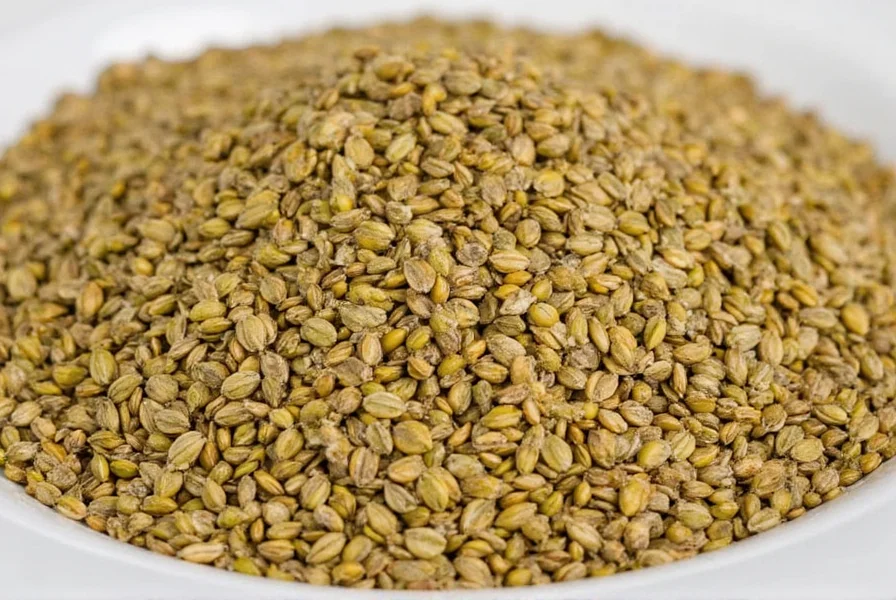
Got Questions? Let Us Know Below!
We'd love to hear how you use fennel seeds in your cooking! Drop a comment or tag us in your favorite fennel recipes.

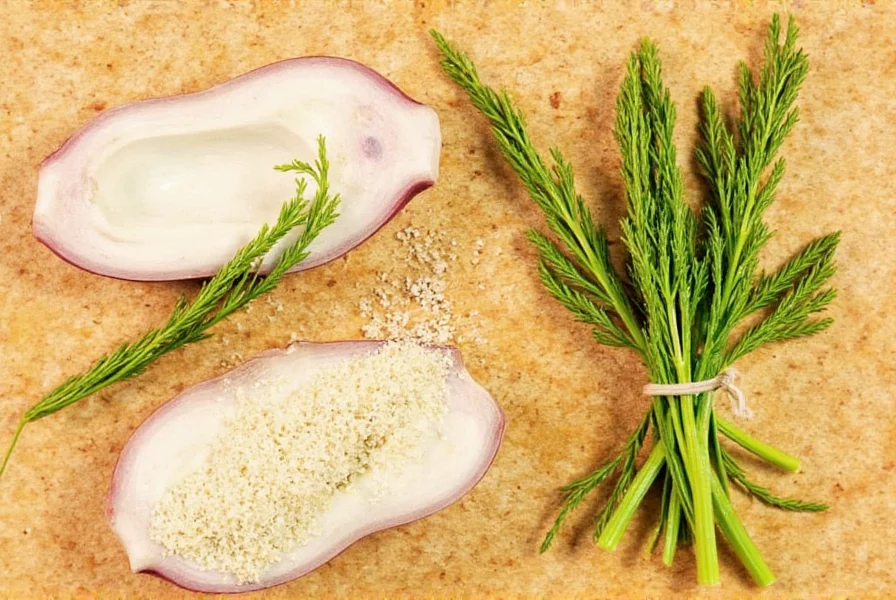









 浙公网安备
33010002000092号
浙公网安备
33010002000092号 浙B2-20120091-4
浙B2-20120091-4